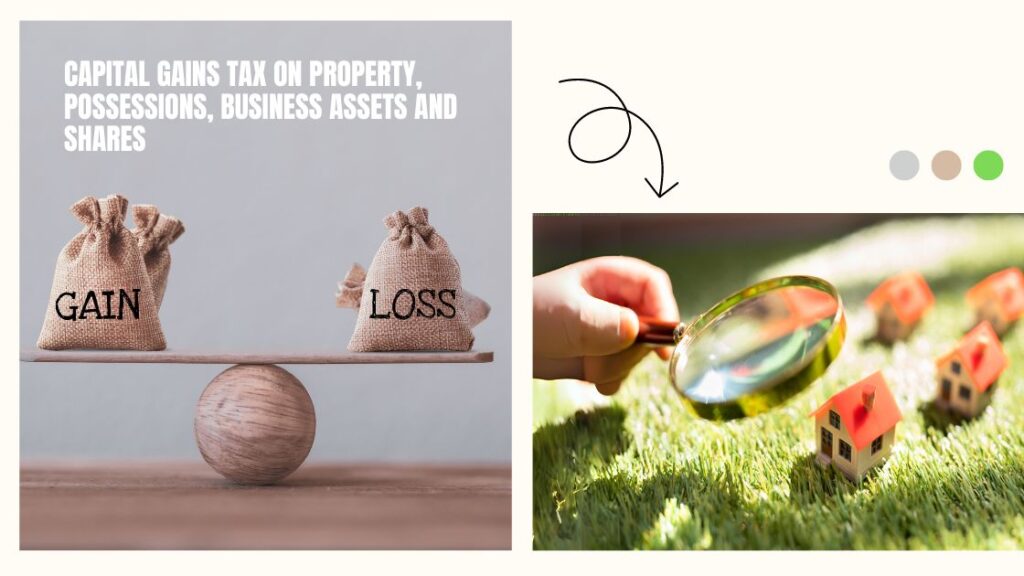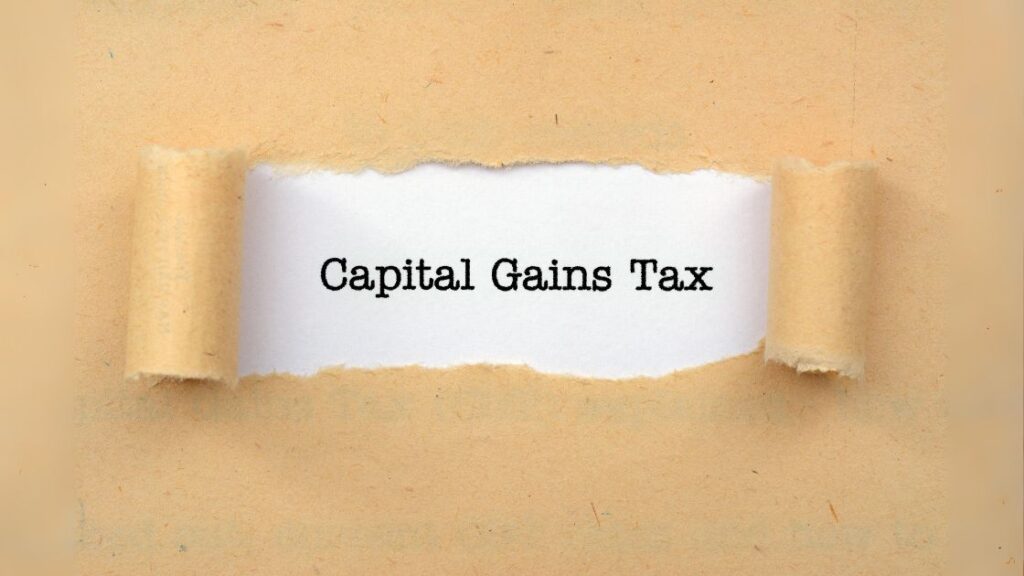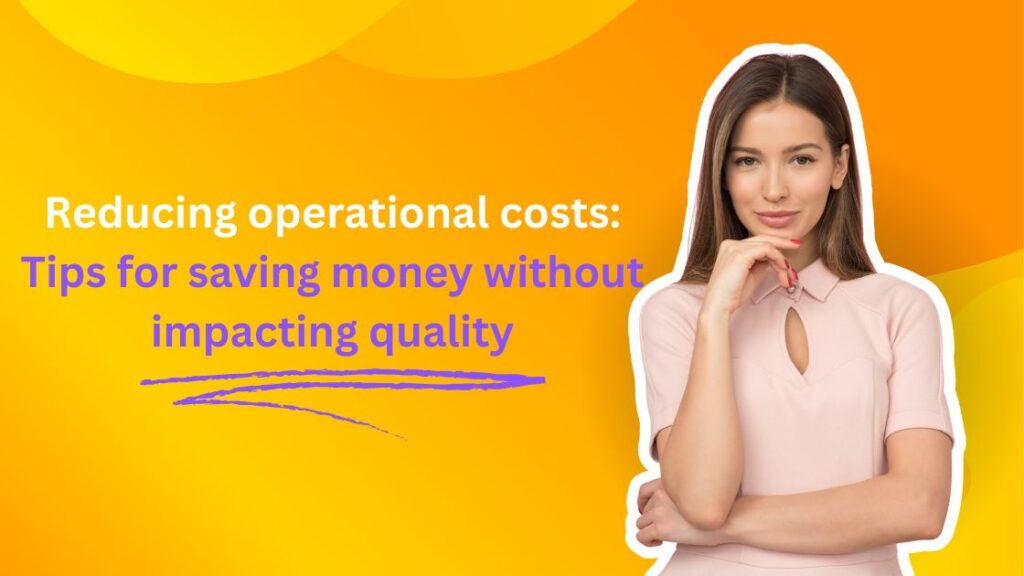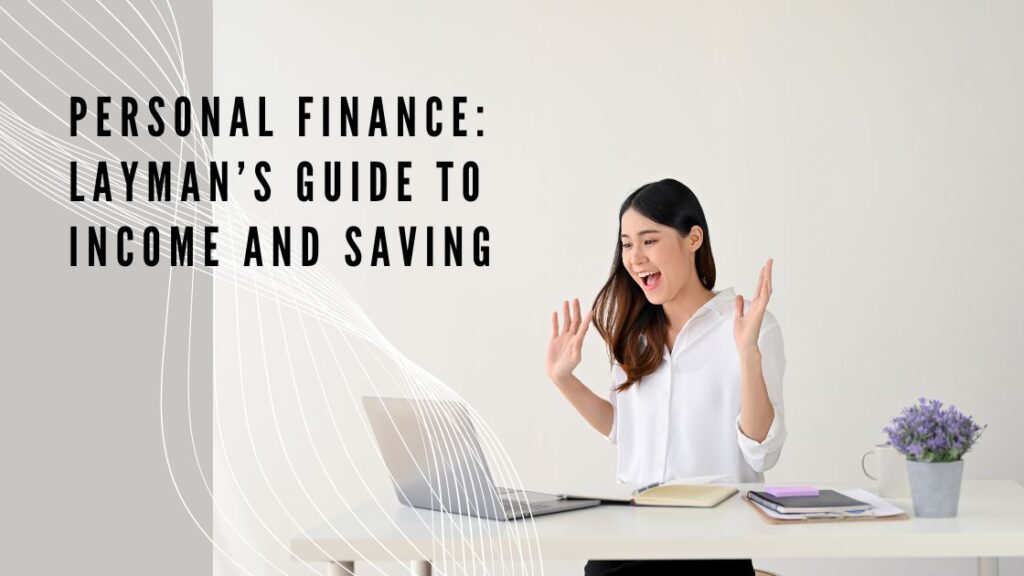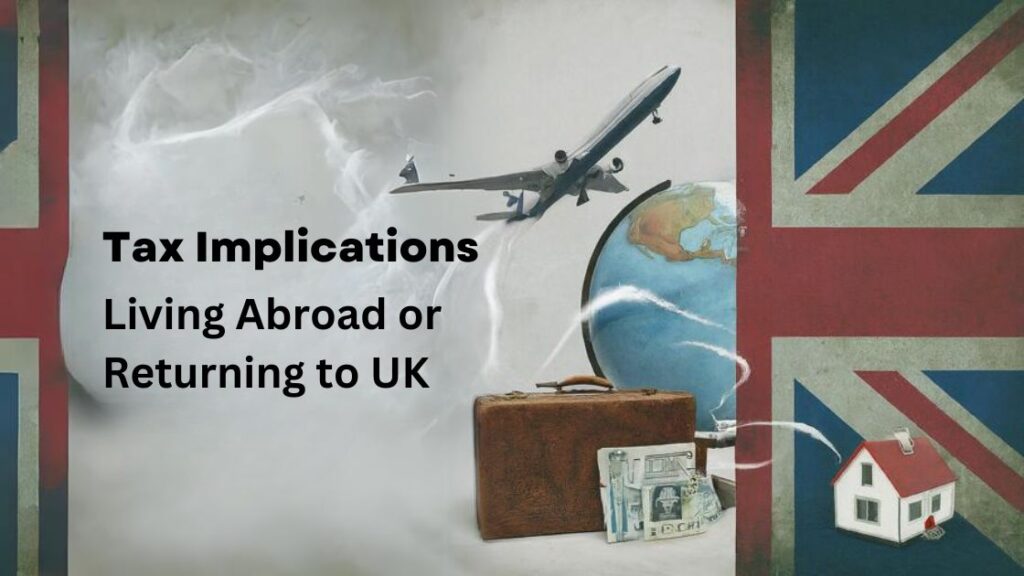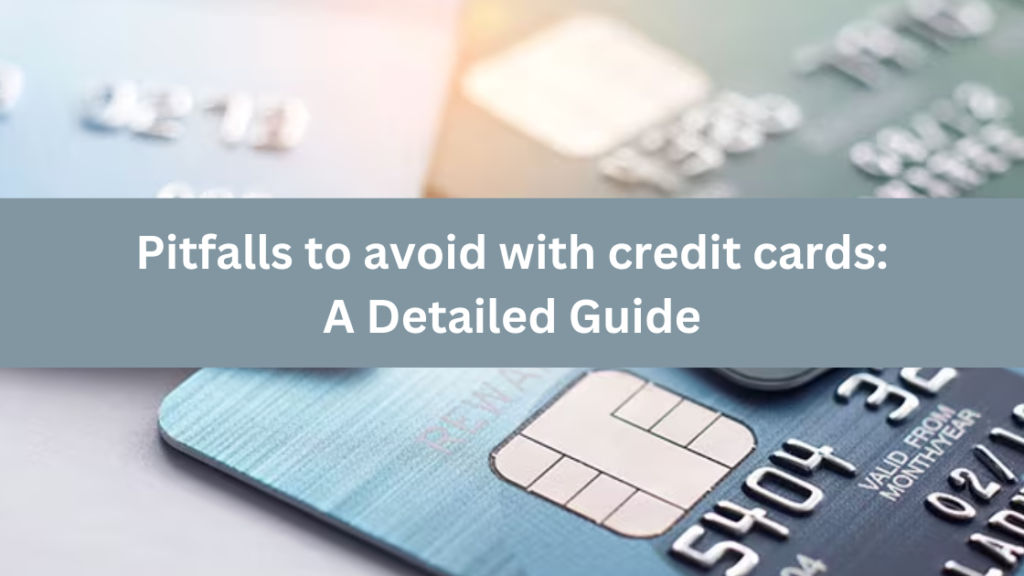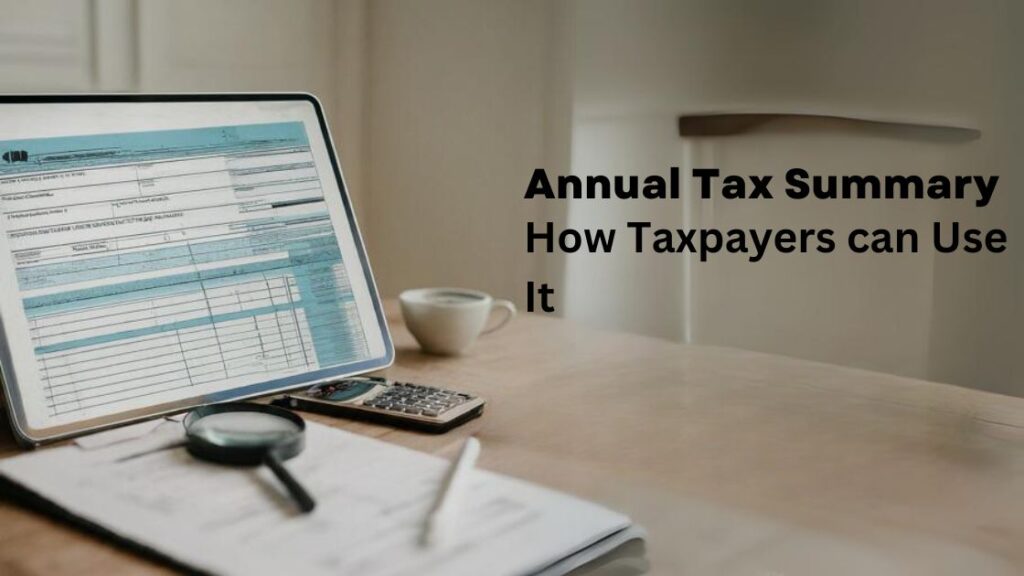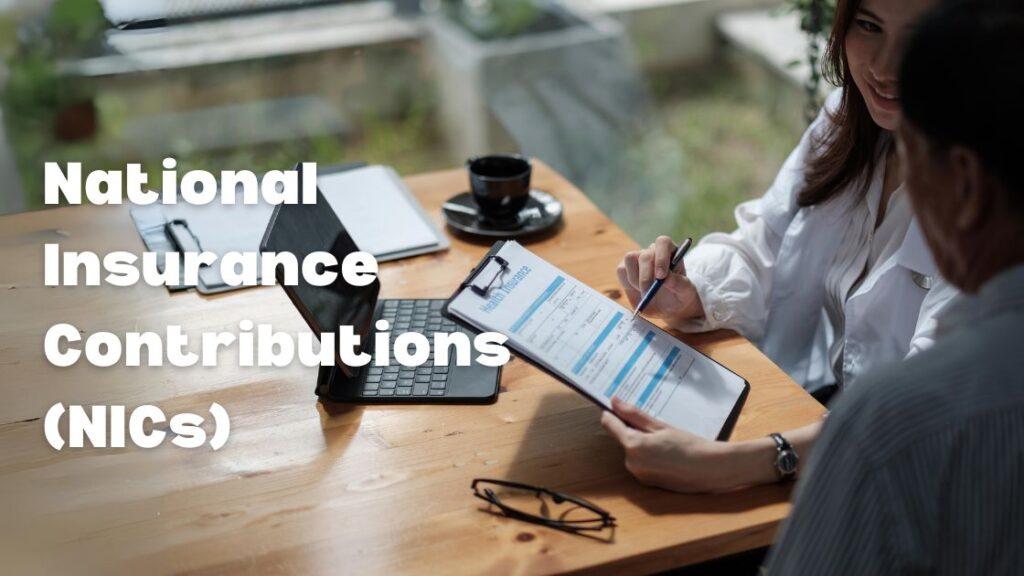Capital Gain Tax on Property
Capital Gain tax on a property is the tax you pay on the profit you have made by selling or disposing a property that is not your home property, i.e.,
- Second homes or holiday homes
- Buy-to-let properties.
- Business premises
- Inherited property
- Rental properties
- Any property that is not your primary residence
You pay tax when there’s a profit earned by selling a property and if this profit is above the exemption limit, i.e.,
| Tax Year | Exemption on CGT gain | CGT Exemption on Trusts |
| 2023-24 | £6,000 | £3,000 |
| 2024-25 | £3,000 | £1,500 |
Capital Gain = Selling Price – Cost Price – Acquisition cost – Improvement Expenses – Capital Losses (this year or carried forward losses of the past year).
You do not pay CGT if the property is:
- Transferred between spouses or civil partners,
- Given to a charity,
- Principal Private Residence Relief (PPR) for properties that have been your main home,
- Letting Relief for properties that were once your main home and have been let out, or
- Entrepreneurs’ Relief for qualifying business assets that include shares in a trading company or business assets.
You must report to HMRC within 60 days on the sale made on a UK property.
Businesses that are in property purchase and sell
You do not pay Capital Gain tax if the purpose of your business is to buy and sell property. Instead, you pay income tax (if you are sole trader or partner) or corporation tax (if you are a limited company).
When you sell a property overseas
You must pay CGT depending on the residential status of the person.
- The person who is resident of UK will pay CGT if they dispose of an overseas property.
- The person who is resident of UK, but permanent home is in another country, will pay CGT if the gain is more than £2,000 and they transfer the amount to UK bank.
- The person who is not the resident of UK will pay CGT if they are returning to UK within 5 years of leaving.
When you sell a property in the UK
You must pay CGT depending on the residential status and qualifying criteria of the person.
- The person who is not the resident of UK will pay:
- No CGT for any tax year you or your partner have lived in the UK property for more than 90 days and had nominated the property as home. Though you are not paying ang capital gain tax, you must report to HMRC about the transfer of property within 60 days of ownership transfer.
- You will pay CGT for the years you have used the property as let out (not as a lodger), or for business purpose, or grounds of the property is more than 5,000 square meters in total.
Capital Gain Tax on Possessions
You need to pay tax if you make gains of £6,000 or more by selling personal possessions like, jewellery, paintings, antiques, coins and stamps, and many other. However, you do not pay pay CGT on gifts received from spouse or partner, things that have limited lifespan (less than 50 years e.g., clocks), on personal car (not used for business purposes).
Calculate how much is the gain on Personal Possessions
Capital gain is the difference between what you have paid for the item and at what you have sold it. However, in certain cases, you need to use market value of the item instead of the amount you have purchased it for, and these are:
- It was a gift,
- You sold it less than the worth,
- You inherited it, or
- You owned it before April 1982.
If your gain is within £6,000 by selling parts of the possession to the same person or different person, then you will not pay tax.
You can further reduce the CGT on the gains if your gains are between £6,000 and £15,000. Use the below formula:
- Subtract £6,000 from the amount you’ve received.
- Multiply this by 1.667.
- Compare this with the actual gain – use the lower amount as your capital gain.
Capital Gain Tax on Business Assets
You must pay Capital Gain Tax when you sell or dispose all or part of business assets like, land and building, fixtures and fittings, shares, registered trademarks, machinery, or business’s reputation.
Calculate how much is the gain on Business Assets
Capital gain is the difference between what you have paid for the item and at what you have sold it. However, in certain cases, you need to use market value of the item instead of the amount you have purchased it for, and these are:
- It was a gift,
- You sold it less than the worth,
- You inherited it, or
- You owned it before April 1982.
Reliefs on Business Assets
Check out if your gains are eligible for any of the below reliefs:
- Business Asset Disposal Relief – The Business Asset Disposal Relief is a tax reduction program that gives eligible individuals a 10% discount on qualifying gains, up to a lifetime limit of £1 million, which allows them to reduce their capital gains tax. There are certain conditions that an individual must meet to qualify for the benefits, such as being a sole trader, a partner in a business, or a shareholder in a trading company.
- Business Asset Rollover Relief – With Business Asset Rollover Relief, business owners can defer capital gain taxes if they sell a business asset and reinvest the proceeds into another qualifying business asset, which reduces the CGT liability until the new asset is eventually sold. The deferred gain is applied to the new asset’s cost, reducing the CGT liability until the new asset eventually is sold.
- Incorporation Relief – Individuals or partnerships that transfer their businesses to companies in exchange for shares can claim Incorporation Relief, which is a tax relief that is available to them without incurring immediate CGT liabilities. This relief allows a business owner to defer payment of Capital Gains Tax (CGT) on the disposal of business assets when they incorporate their business into a company structure. The business assets could include property, goodwill, machinery, or other tangible and intangible assets.
- Gift Hold-over Relief – Gift Hold-Over Relief can be claimed by business owners if they transfer business assets to their spouses and children as gifts, allowing them to defer CGT on the gifts for a period. The recipient inherits the original acquisition costs of the transferor for CGT purposes, potentially reducing future tax liabilities.
Read the post to learn in detail about each of these reliefs.
Capital Gain Tax on Shares
You need to pay CGT when you sell or dispose of shares, which includes non-ISA or non-PEP shares, or units in a unit trust, or certain bonds. To calculate the gain on the shares which was given to you as a gift refer the amount the transferor paid for the shares and if the amount you have paid is less than it’s worth, then refer the amount you have paid.
Total CGT on shares = Selling price of the shares – Cost price of the shares – fees paid (like stockbrokers’ fees) – Stamp Duty Reserve Tax (SDRT) when you bought the shares
How much do you pay CGT tax if you sell shares in the same company?
CGT = Selling price of the shares – Average cost price of your shares
Example:
You purchased 100 shares at the cost of £1 each and another 500 shares at the cost of £1.50 each. Later you sold 300 shares at the price of £550. CGT you will pay on the selling of shares is:
- Calculate average cost price of the shares you have bought = Total cost price of the shares you have bought / total number of shares
= ((100 * 1) + (500 * 1.50)) / (100 +500)
= (100 + 750) / 600
= 1.41
- Calculate the cost price of the shares you have sold = Average cost price * number of shares sold
= 1.41 * 300 = £423
- Calculate the gain when 300 shares are sold = Selling price of the shares – Average cost price of your shares
= £550 – £423 = £127
Shares purchased through an investment club (group of people that buy and sell shares together on the stock market) calculates gain differently. Club buys back the shares form you when you leave the club.
Gain on investment club shares = Selling price of the shares when you leave the club – (gain earned on the shares – loss incurred on the shares + income from the dividends + money received from the club – money paid to the club)
You may be able to claim below tax relief on the shares:
- The Enterprise Investment Scheme (EIS) is a tax relief to individuals’ investors who invest in qualifying companies, thereby stimulating economic growth and job creation. Investors can benefit from income tax relief of up to 30% on investments of up to £1 million per tax year in qualifying companies. You could delay or reduce your Capital Gains Tax if you use a gain to buy unlisted shares in companies approved for EIS.
- The Seed Enterprise Investment Scheme (SEIS) is a UK government initiative introduced to stimulate entrepreneurship and innovation by supporting small, innovative companies in their initial stages of development. Investors can benefit from income tax relief of up to 50% on investments of up to £100,000 per tax year in qualifying startups. You could pay no Capital Gains Tax on a gain of up to £100,000 if you use a gain to buy new shares in small early-stage companies approved for SEIS.
- Business Asset Disposal Relief – Detailed above.
- Gift Hold-over Relief – Detailed above.
- Rollover Relief – Delay paying Capital Gains Tax if you sell unlisted shares to the trustees of a Share Incentive Plan (SIP) and use the proceeds to buy new assets.
Report your gain to HMRC:
You must report and pay your gains to HMRC. In a business partnership firm, the person who is responsible for tax filling will fill the SA803 form.

